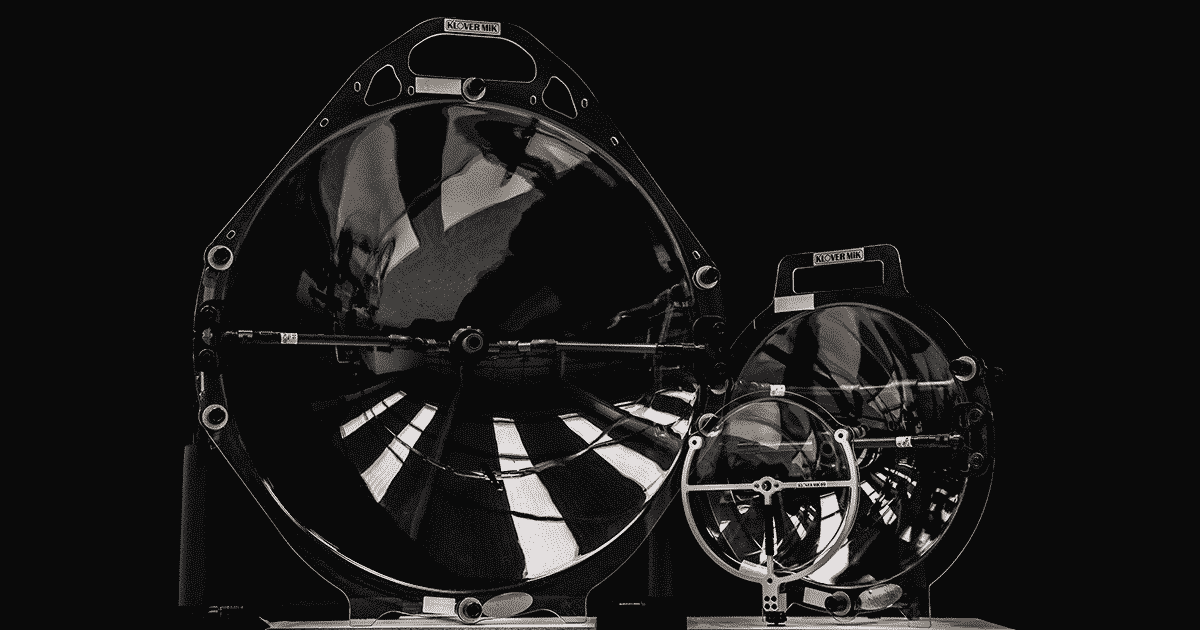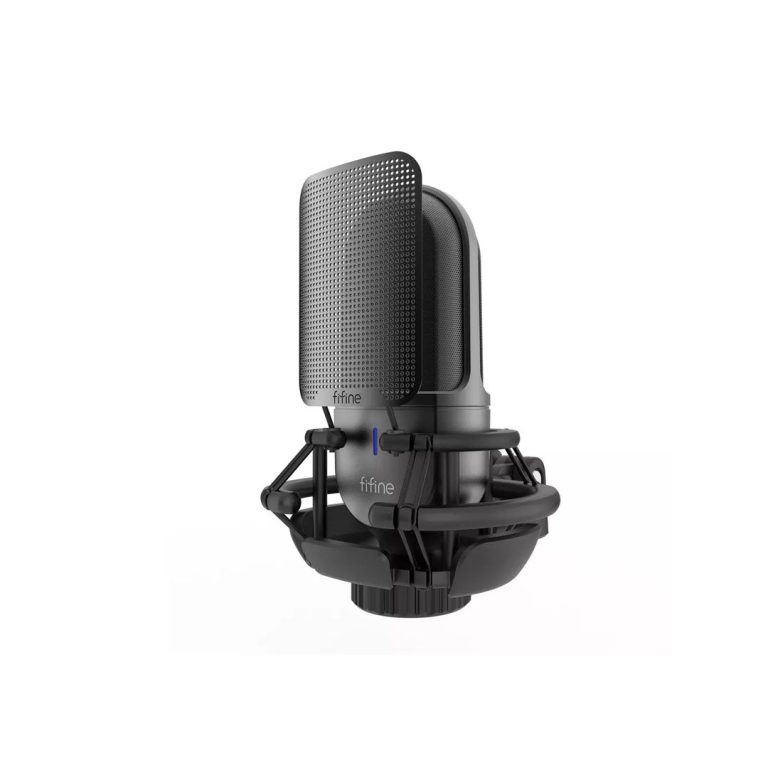Parabolic microphones have become an essential tool for many professionals in fields such as wildlife research, sports broadcasting, and law enforcement due to their unique ability to capture distant sounds with high definition. Essential to their design is the parabolic dish that focuses sound waves onto a single point, improving not just sound quality but also amplifying distant noise. This article offers an overview of how to use parabolic microphones effectively to achieve crystal-clear sound recording from afar.
Understanding Parabolic Microphone Mechanics
The Science Behind the Parabola
The key feature of a parabolic microphone is its dish; shaped like a parabola, it reflects sound waves from its surface to a focal point, where the microphone capsule is placed. This design allows for capturing sounds from a great distance, which would be impossible with conventional microphones. The diameter of the parabolic dish plays a vital role in determining the microphone’s sensitivity and directivity—the larger the dish, the more focused and distant the sound it can capture.
Selecting the Right Microphone Capsule
At the focal point of the parabolic dish, the microphone capsule captures the converged sound waves and converts them into an audio signal. Depending on the recording situation, different capsules can be used. Omnidirectional capsules pick up sound equally from all directions and are preferred for broader soundscapes, while unidirectional capsules more narrowly capture the source, better isolating it from the surroundings. Choosing the right capsule is crucial for tailoring your recording setup to the specific needs of your project.
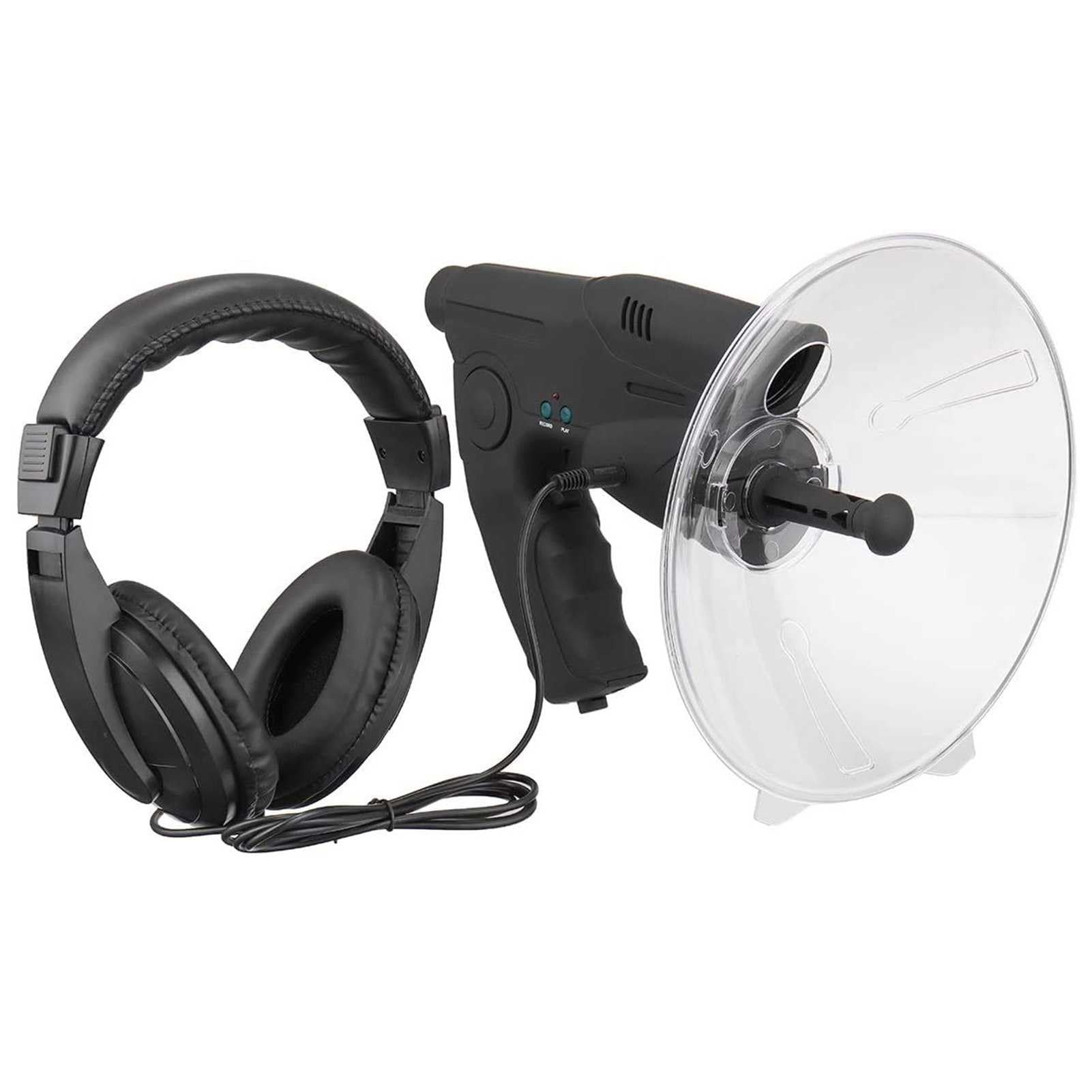
Setting Up Your Parabolic Microphone
Positioning and Support
To successfully use a parabolic microphone, proper setup is mandatory. Positioning the microphone directly at the sound source will ensure the highest possible sound quality. The microphone should be mounted on a stable support system, such as a tripod or monopod, to minimize handling noise and keep it steady. Some microphone systems also have a grip handle to facilitate handheld operation, a useful feature when tracking moving subjects.
Calibrating for Optimal Recording
Once positioned, the parabolic dish and microphone need careful calibration to attain the best focusing of sound. Adjust the distance of the microphone capsule from the dish to find the point of highest sound concentration, often marked by the manufacturer. Check the orientation of the dish to make sure it is accurately aiming at the sound source. Calibration is an iterative process; listen through headphones as you adjust to guide your modifications for optimal audio acquisition.
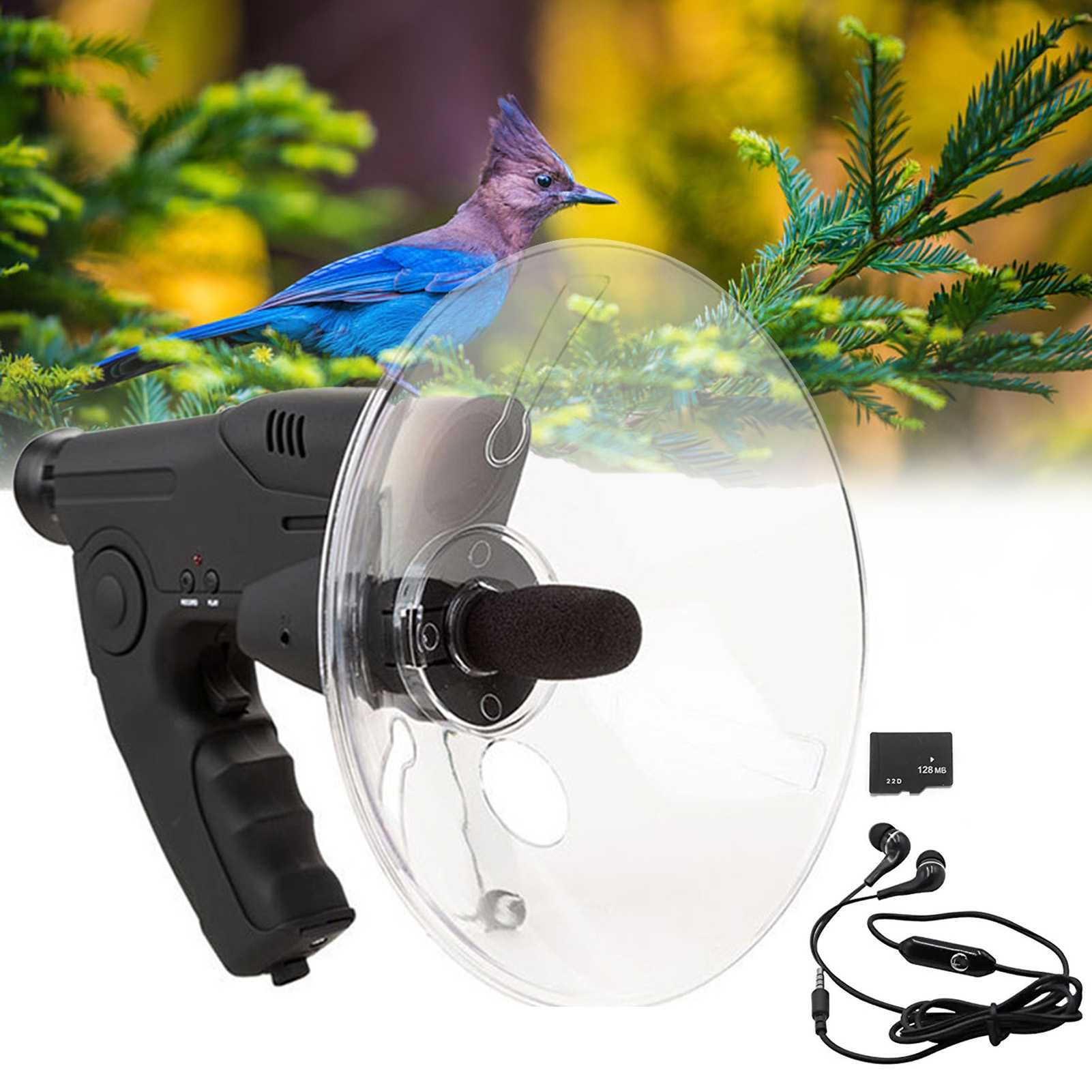
Using Parabolic Microphones in the Field
Tailoring to the Environment
When recording in the field, you must consider the environment. Wrap the dish in soft fabric to minimize noise from wind, and use fur windshields on the microphone if necessary. Outdoor factors such as temperature and humidity can affect sound propagation—use sound reflectors or deflectors to counter these effects. Fine-tuning your setup becomes a balancing act between environmental challenges and recording goals.
Employing Technique for Precision
Effective use of a parabolic microphone also relies on a good technique. Movements must be smooth and deliberate to avoid introducing handling noise into the recording. Practice panning the microphone slowly to follow subjects or using quick, precise movements towards sudden sounds to capture them cleanly. For extended recording sessions, endurance and steadiness are key; develop a comfortable posture that allows for prolonged operation without compromising sound quality.
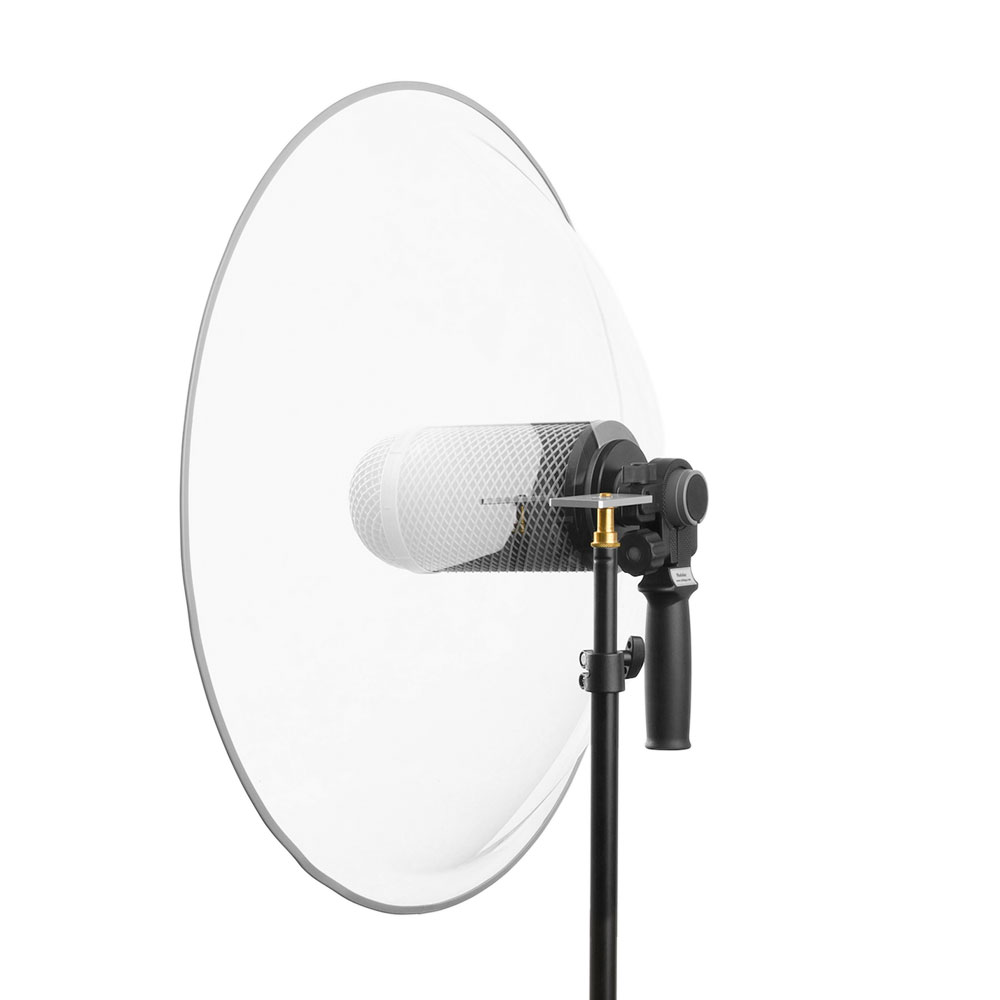
Enhancing Parabolic Microphone Equipment
Regular Maintenance for Reliability
Routine maintenance is indispensable for ensuring your parabolic microphone continues to function reliably. Keep the dish clean and free of debris, which can obscure and distort sound. Regularly check connectors and cables for wear and tear and replace them if necessary. Many external noises, such as crackling or pops, often stem from cable issues. Store your equipment in a safe, dry location to protect it from the elements.
Upgrading for Better Performance
To further enhance your parabolic microphone’s performance, consider upgrading components. High-quality cables can provide clearer signal transmission, fewer dropouts, and less interference. Additionally, experimenting with different microphone capsules can yield a variety of recording patterns and sensitivities. Advanced preamplifiers or digital recorders can also make a difference in capturing and processing the cleanest sound possible.
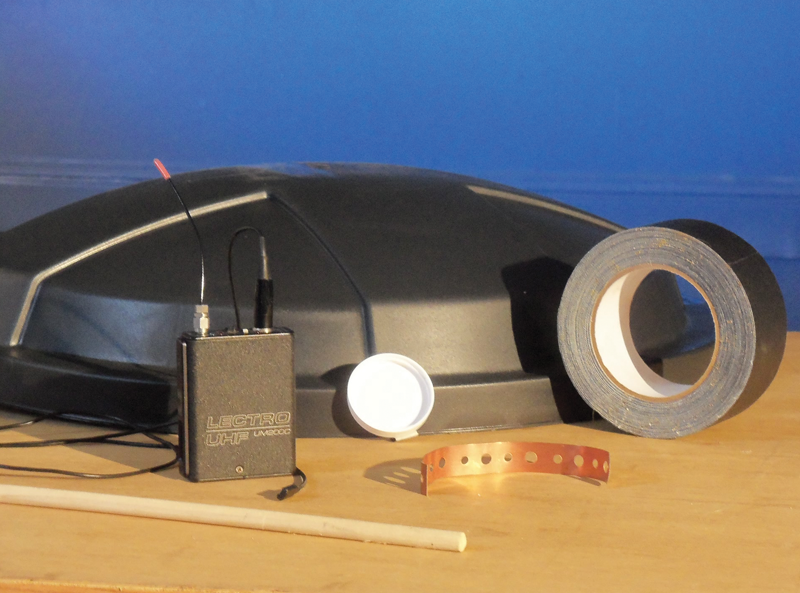
Enhancing Recording Accuracy
Understanding Environmental Factors
For users looking to maximize the efficiency of parabolic microphones, an understanding of environmental factors is critical. Sound travels differently through various mediums and conditions, such as air, temperature gradients, and physical obstacles. Humidity and air density can also affect sound clarity and distance. By recognizing these factors, users can adjust their recording strategies accordingly, such as waiting for optimal atmospheric conditions or positioning themselves and their equipment to avoid obstacles that might deflect or absorb sound waves.
Strategic Placement for Optimal Sound Capture
Strategic placement plays a crucial role in capturing the highest quality audio. This not only involves angling the parabolic dish towards the sound source but also considering the environment’s layout. For instance, in a crowded setting, finding a higher vantage point might help isolate the sound source better. Similarly, when recording wildlife, understanding the behavior and movement patterns of animals can guide users in positioning their equipment in anticipation of the sound, rather than reactively chasing it.
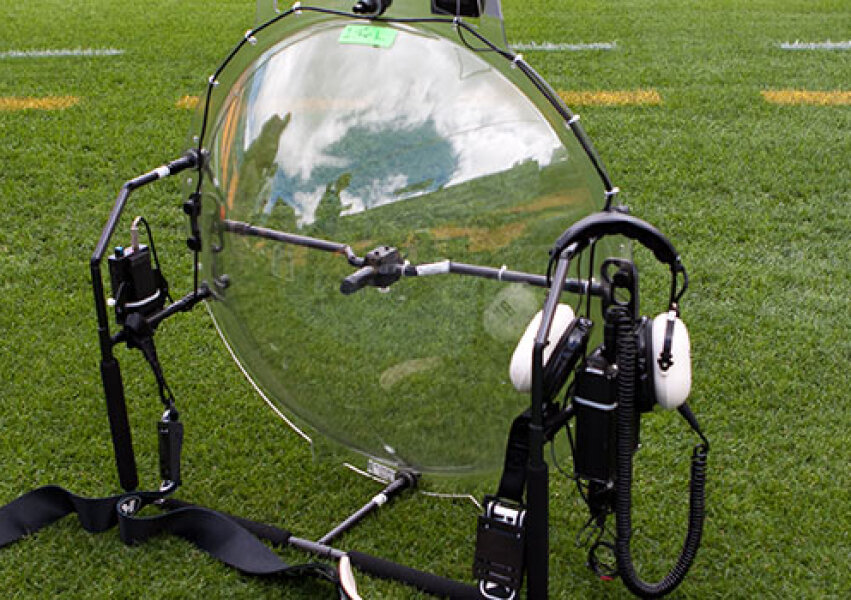
Leveraging Technology for Enhanced Output
Integrating Software for Sound Analysis
In today’s digital age, integrating software solutions can significantly enhance the output of parabolic microphone recordings. Sound analysis software offers tools for noise reduction, sound clarity enhancement, and even identifying specific sound patterns. Such technology can be invaluable for users recording in noisy environments or needing to isolate particular sounds from a backdrop of noise. Additionally, recording software can provide real-time monitoring and adjustments that are crucial for making on-the-spot decisions about recording settings and techniques.
Crafting a Narrative with Sound
Storytelling Through Soundscapes
Parabolic microphones are not just tools for clear audio capture; they are instruments for storytelling. For filmmakers, wildlife researchers, and journalists, the ability to record high-definition sound from a distance opens up new avenues for narrative building. Crafting a soundscape that can transport listeners to a specific place or moment relies on the nuanced and precise audio that parabolic microphones can provide. Whether it’s the subtle rustle of leaves indicating a hidden animal’s movement or the distant hum of city life painting an urban panorama, these microphones allow creators to draw audiences into their stories through immersive sound.
In conclusion, parabolic microphones are a versatile and powerful recording tool for professionals needing high-definition sound from a distance. By understanding the mechanics of how they work, properly setting them up, and mastering the technique in the field, users can effectively capture an array of sounds that would otherwise go unnoticed or be impossible to record. Regular maintenance and strategic upgrades further guarantee the longevity and performance of the equipment. With a parabolic microphone in their arsenal, sound professionals and enthusiasts alike can push the boundaries of audio capture to new heights.
